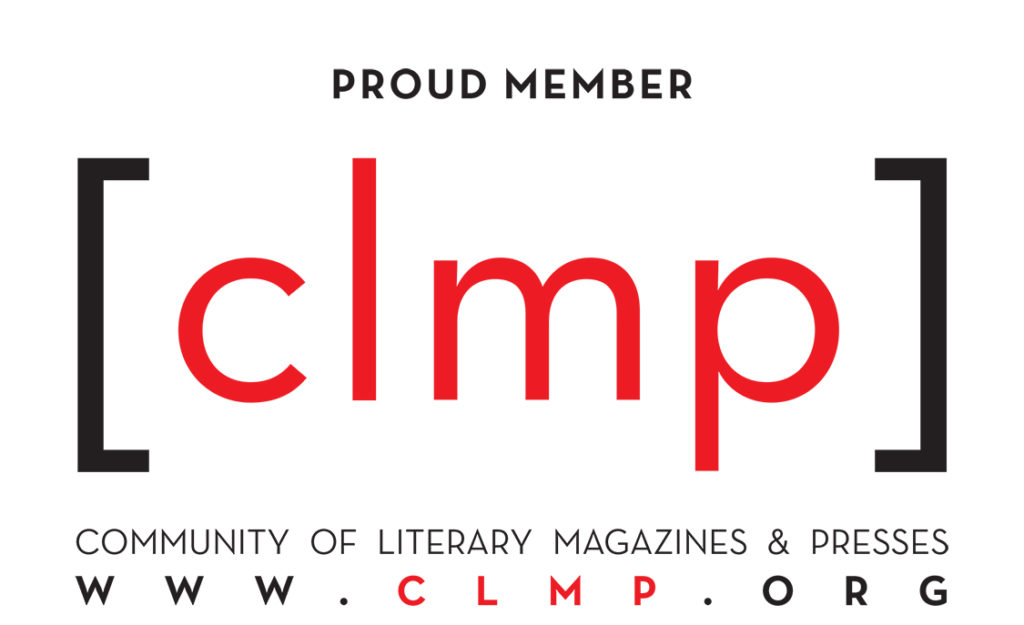Nonfiction by Stacie Eirich
On a path towards peace, I wind my way past families, grandparents, children, couples, dogs, bikers — eclipse them and am surrounded by trees, stillness, and sun. Heat rises as I step past fallen leaves, pinecones, branches, roots, mud piles, marsh. Dry stretches crackle under my old tennis shoes, wet patches soggy with mud, leaving smears of earth on my calves.
At a fork in the dirt marked by wooden signs I read ‘Eagle Trail,’ follow the winged path deeper into the trees. Light shines through in spaces, dappling a canopy of leaves overhead, a crochet pattern of glaring green, rust red, burnt brown. I stop, listening to distant sounds of humanity, drinking in the moist scent of warmth. Only the breeze speaks, moving long grasses slow and tender. A rustle now and then, creatures scattering, hidden under fallen logs, months upon months of earth. A silent fluttering of yellow moth, I watch her fast flight. She could have spawn from the sun, she is so bright.
She lingers as the sun settles into my skin. Each step takes me further from the road, deeper down the path, zig-zagging past places where time matters. Into a space without, a space to just be.
There are signs of death among so much life, signals that nature runs a course and falls prey to a cycle. Not one destined by years or months, days or hours on a clock or calendar, but seasons of light and dark, warmth and chill, nourishment and hunger— the steady dawn and relentless night that comes. A tree may live hundreds, even thousands of years, but even it must rest. Like a giant trunk hewn from Earth, unmoored, with a pool of life underneath, even the greatest, oldest tree must sleep. (So many dead things amongst teeming life…the trail speaks to me of sadness and grief yet yields to acceptance and change.)
There is beauty in its space apart from us, in its perseverance to thrive. Wild iris, purple bulbs bursting from tall grass shoots in marsh waters. Ruby red Cape Fuchsia flowers droop upside down in bunches, their bleeding hearts like offerings beside the path. These are few but sparkle within a landscape of green, rust, brown. In the moss and algae covered waters swim turtles, their dark heads peeking up at blue bared sky.
I wait on the footbridge for a grandmother to lift her grandson to see them, exclaim how many he sees. Then he rushes past, small sandals clomping down the boards, grandma following. The turtles scatter as I bid them a quiet farewell.
I lift my face to the sun, breathe in—breathe out. Step forward, rising to meet the life that awaits on the other side.
Stacie Eirich is a writer, singer & library associate. She holds a Masters Degree in English Studies from Illinois State University. Her work has recently appeared in Art Times Journal, Avalon Literary Review & The Bluebird Word. She lives near New Orleans with three cats, two kids and one fish (www.stacieeirich.com).


